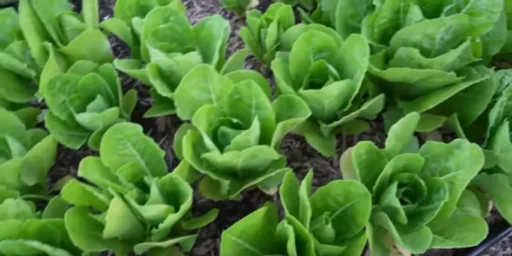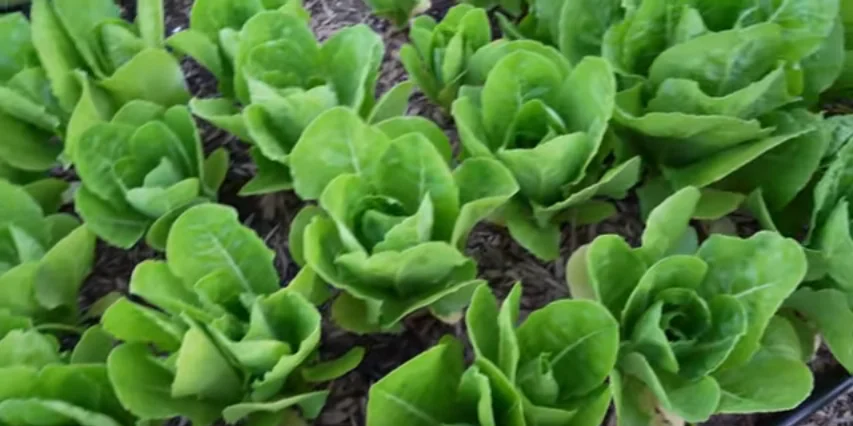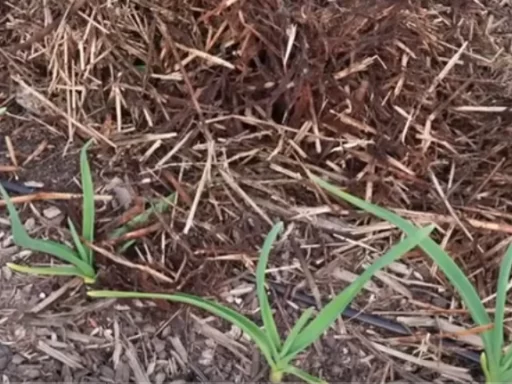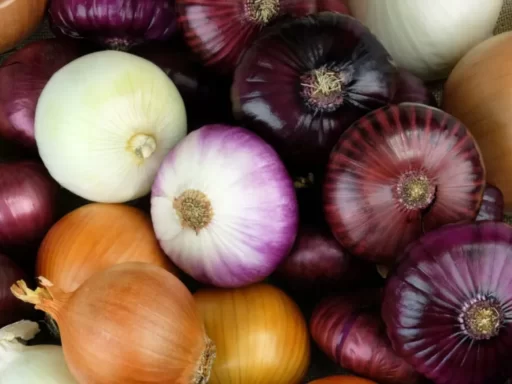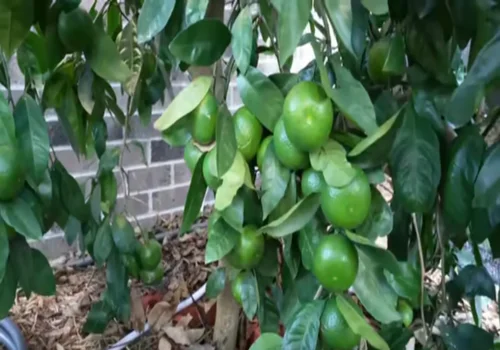As the year draws to a close, many gardeners look forward to planning their winter crops. Whether you’re a new gardener exploring winter gardening for the first time, or an experienced gardener looking to add easy-to-grow crops to your repertoire, choosing the right winter vegetables is crucial. This article will guide you through five essential winter crops that are easy to grow, cold-hardy, and ideal for both beginners and experts alike.
Kale: The Star of Winter Greens
One of the best crops to grow during the winter is kale. This leafy green is not only resilient to cold weather, but it is also incredibly easy to grow. Kale thrives in zones like 8B (such as North Carolina), where it can grow throughout the winter with little to no protection. For gardeners in colder zones, a simple hoop house with a row cover can extend kale’s growing season into the winter months.
Kale is a biennial, meaning it won’t flower or go to seed until its second season. This characteristic allows gardeners to harvest kale throughout the winter and into the following spring. In fact, you can plant kale transplants in winter, harvest a few leaves during the cold months, and let the plants continue growing through the spring and summer. While pest pressure may increase during the warmer months, stripping the leaves and allowing the plants to regenerate in the fall results in abundant kale harvests.
Types of Kale
- Red Russian Kale: One of the most cold-hardy varieties.
- Lacinato Kale (also known as Dino Kale): A well-known and popular variety.
- Dwarf Blue Curly Kale: Extremely cold tolerant and pest-resistant. This variety is also heat resistant, making it an excellent choice for longer growing seasons.
Kale seeds should be started indoors, as they prefer a warm germination temperature of around 70°F. Use seed trays filled with potting mix, and sow 2-3 seeds per cell. Once the seedlings reach about 3 inches in height, thin them to the strongest transplant.
Carrots: Sweet and Cold-Hardy
Next on the list are carrots. Winter-grown carrots are known for their enhanced sweetness. As temperatures drop, carrots convert starches into sugars, resulting in a sweeter taste. In colder climates, carrots can withstand freezing temperatures, making them an excellent addition to a winter garden. Carrots thrive in soil that remains workable, and while they germinate best in warm soil, they will eventually sprout even in cooler conditions.
Carrots are a root vegetable, so they need to be direct-seeded into the ground rather than transplanted. The key to successful carrot growth lies in the soil preparation. Carrot seeds need to be sown shallowly, at about ¼ inch depth. A well-drained, sandy soil works best for carrot seeds, as heavier soil types may wash the seeds away during heavy rain.
How to Plant Carrot Seeds
- Prepare a shallow trench using a piece of rebar or your finger.
- Sprinkle the seeds lightly and evenly along the trench.
- Backfill the trench with a light potting mix to protect the seeds from being washed away by rain.
- Water gently, making sure the soil stays moist during the germination period.
Spinach: The Cold-Loving Superfood
Spinach is another winter favorite that thrives in cold weather. Spinach loves cooler temperatures and can survive hard frosts, making it a great choice for winter gardens. It’s a fast-growing leafy green, allowing for multiple harvests throughout the winter. Spinach seeds can be sown directly into the garden as long as the soil remains unfrozen.
For best results, plant spinach seeds in rows and cover them lightly with soil. Spinach prefers well-drained soil and partial sunlight, but it can tolerate some shade. Harvest the outer leaves first, allowing the inner leaves to continue growing.
Onions: A Versatile Winter Crop
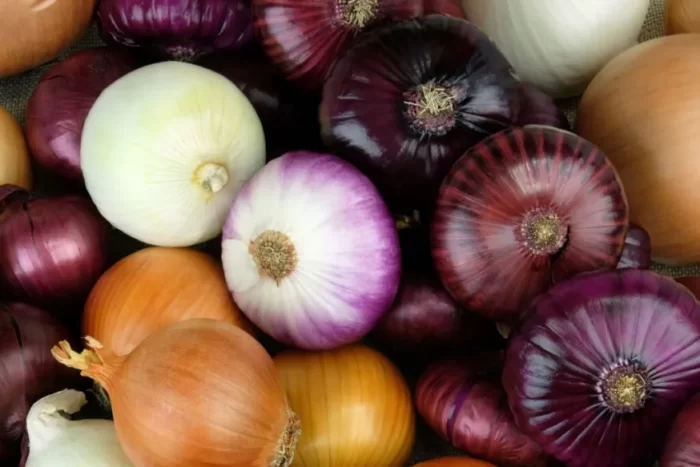
Onions are another essential winter crop that can be planted in late fall for spring harvesting. Onions come in a variety of types, including short-day and long-day varieties. For winter gardening, choose a short-day variety, as these require less daylight to mature. Onions are relatively easy to grow but do require patience, as they can take several months to fully mature.
Plant onion sets or seeds in loose, well-drained soil, and space them about 4 inches apart. Water regularly to ensure that the bulbs develop properly, and mulch around the plants to protect them from extreme cold.
Garlic: The Flavorful Staple
Garlic is one of the simplest crops to grow during the winter months, and it’s a staple in any kitchen. Garlic should be planted in the fall before the ground freezes. It requires well-drained soil and full sun to thrive. When planting garlic, separate the cloves and plant each clove pointy-side up, about 2 inches deep and 6 inches apart.
Throughout the winter, garlic requires little attention. In the spring, the bulbs will begin to swell, and they can be harvested in early summer. Garlic is a low-maintenance crop, making it ideal for beginner gardeners.
Protecting Your Crops
For gardeners in colder zones, it’s essential to protect your crops from extreme cold. One of the easiest ways to do this is by building a hoop house or using row covers. These structures can trap heat and protect crops from frost, extending your growing season even in colder climates.
A hoop house can be constructed using PVC pipes and a row cover or plastic sheeting. Simply bend the PVC pipes into arches over your garden bed and secure the cover over them. This will create a mini greenhouse effect, allowing your crops to continue growing through the winter months.
Frequently Asked Questions
- Can I grow these crops in colder climates? Yes, with proper protection like a hoop house or row cover, you can grow these crops in colder climates.
- How often should I water my winter crops? Winter crops typically require less water than summer crops. Water when the soil is dry to the touch, but avoid overwatering.
- Do I need to fertilize winter crops? Winter crops benefit from a slow-release fertilizer applied at planting time. Additional feeding may not be necessary unless the plants show signs of nutrient deficiency.
- Can I grow these crops in containers? Yes, many winter crops, such as kale and spinach, grow well in containers. Just be sure to choose a deep container with good drainage.
- When should I plant garlic for a winter garden? Garlic should be planted in the fall, about 4-6 weeks before the first frost.
- How do I protect my winter garden from pests? Pests are less of a problem in the winter, but if you notice pests, row covers can help protect your crops.
- Can I harvest kale all winter long? Yes, kale is a hardy crop that can be harvested throughout the winter. Simply pick the outer leaves and let the plant continue to grow.

